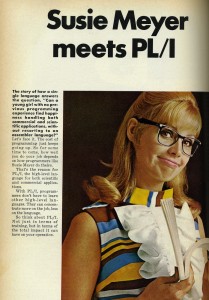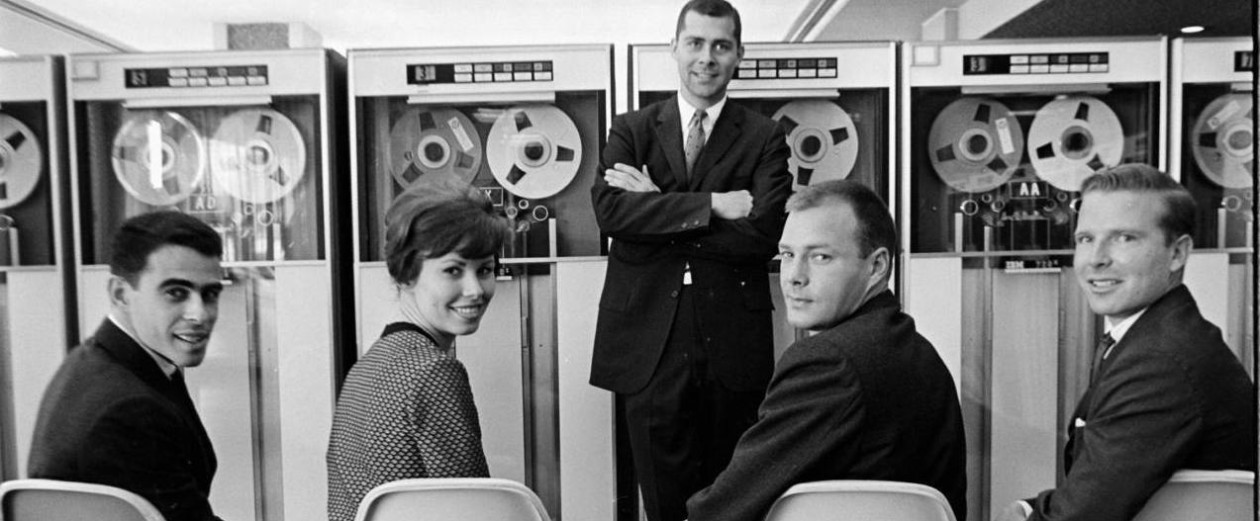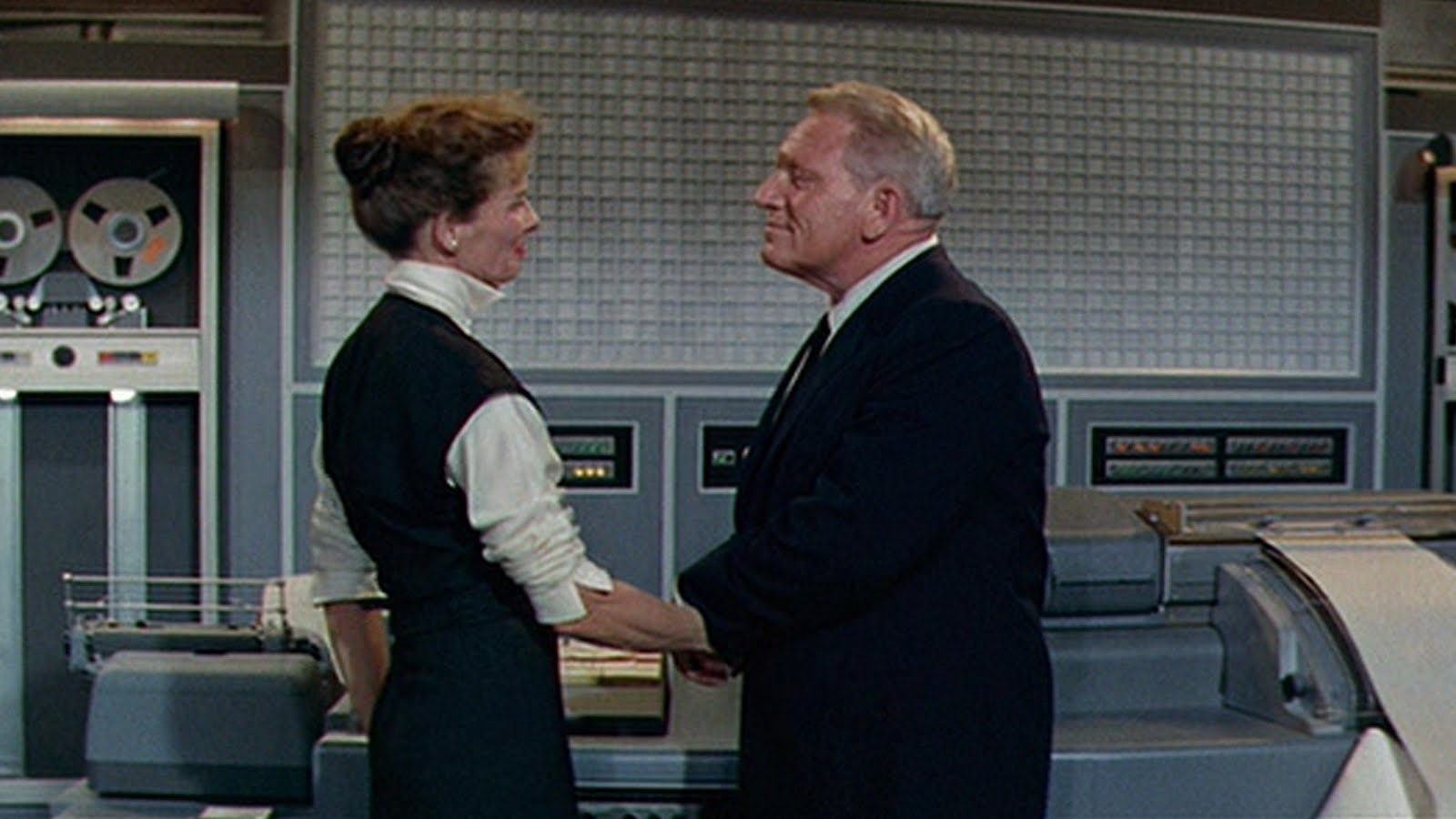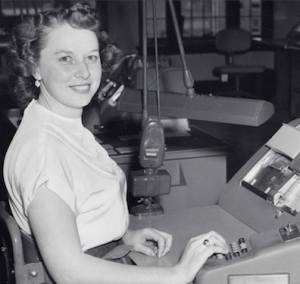In Chapter 2 (“Tower of Babel”) I discuss the ways in which different programming languages (FORTRAN, COBOL, and ALGOL, among others) embodied different social, organizational, and professional agendas. Some of this was a reflection of particular problem domains — FORTRAN was obviously designed for scientific applications, and COBOL for business use. But more significantly, many languages were intended to discipline what was seen as a unreliable and recalcitrant labor force. As Fred Gruenberger of the RAND Corporation noted in a 1962 Symposium on Programming Languages, “You know, I’ve never seen a hot dog language come out yet in the last 14 years — beginning with Mrs. Hopper’s A-0 compiler … that didn’t have tied to it the claim in its brochure that this one will eliminate all programmers. The last one we got was just three days ago from General Electric (making the same claim for the G-WIZ compiler) that this one will eliminate programmers. Managers can now do their own programming; engineers can do their own programming, etc. As always, the claim seems to be made that programmers are not needed anymore.”
The notion that programming languages are “artifacts with politics” is a provocative one, and I explore the idea more in my chapter on the Cambrian explosion of programming languages. What follows is an excerpt discussing the gendered nature of many of the advertisements for programming languages that appeared in this period:
In its “Meet Susie Meyers” advertisements for its PL/1 programming language, the IBM Corporation asked its users an obviously rhetorical question: “Can a young girl with no previous programming experience find happiness handling both commercial and scientific applications, without resorting to an assembler language?” The answer, of course, was an enthusiastic “yes!” Although the advertisement promised a “brighter future for your programmers,'”(who would be free to “concentrate more on the job, less on the language”) it also implied a low-cost solution to the labor crisis in software. The subtext of appeals like this was non-too-subtle: If pretty little Susie Meyers, with her spunky miniskirt and utter lack of programming experience, could develop software effectively in PL/1, so could just about anyone.
The actual advertisement was a two-page, full-color extravaganza.



 Follow
Follow
